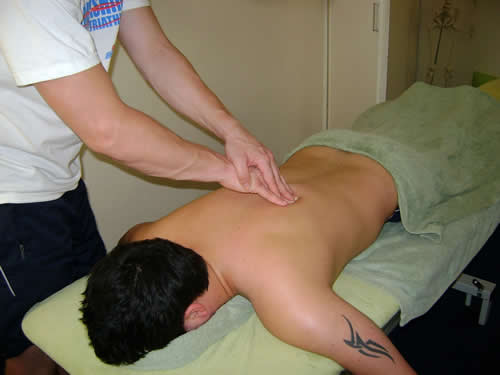Positive Health Online
Your Country

The Potential For Increased Lung Capacity
listed in bodywork, originally published in issue 230 - May 2016
Most of the adult population (in this country), probably only use about a third of their lungs available capacity when inhaling. This situation can happen very quickly when caused by things such as shock, trauma, accident, operations, or ill health. Alternatively, it can be over a period of time (even years) as a result of their working environment, type physical activity undertaken or, even lack of activity which could be brought about by age, but not all inclusive. All of the previously mentioned incidents above can and do affect our posture in some way, and once it starts to change, the body’s soft tissues including the muscles and the connective tissues (fascia) also start to alter.

Should the changes in our body’s ability to function take place quickly; we found for example that we had stomach cramps which were not normal experiences to us, or that in a week or two we couldn’t move our shoulders or head properly, our reaction may be immediate with action taken to rectify these problems/conditions. However, in relation to how we breathe, most of us are probably unaware that how we breathed as an infant, and how we breathe now has most likely changed. When changes occur in our breathing patterns (and they may occur at any time during our lives) they do not generally cause any instant pain/discomfort; therefore, the likelihood is that we are not even aware that change has happened.
Even so, the result of changes in breathing patterns can cause changes to the soft tissues (fascia) of the body, and as with other parts of the body, tissues tighten up and can become restricted, causing the diagram to be inefficient and the expansion of the ribs limited. If the diaphragm is not able to function efficiently, the capacity of the lungs and their ability to work as they should is impacted. Changes in diaphragmatic function can also cause problems with digestion; this inhibition of stomach function can also lead to problems in the ability of other areas/organs of the body to function normally.
In the early stages of change the soft tissues especially the muscles can often feel stiff and tight; as the changes progress people become aware of their movements feeling slightly restricted, but not enough to cause range of movement problems. As the progression of these changes continues the soft tissues shortening continues, and knotted (adhered) areas start to appear, where in more advanced cases range of movement problems become apparent which can lead to discomfort or even pain, even an inability to carry out everyday activities.
Treatments such as Deep Tissue/Soft Tissue Massage, can be used to help get an improved posture, as well as using myofascial techniques to the upper regions of the body including the viscera, diaphragm, ribs, clavicular region to help release tension and restrictions of the soft tissue/fascia; enabling the diagram during inhalation to lower, the ribs to expand into the bell shape (which they were designed to do) allowing the lungs to fill to the capacity they are capable of obtaining, and together with rehabilitation exercises to aid the return to ‘normal’ breathing, improvements in your body’s general health and feeling of wellbeing are possible.
Further Information
ASCT are running a CPD workshop in September 2016 on this subject, for further information contact us on Tel: 01509 551513; admin@ukmassagecourses.com
Comments:
-
No Article Comments available